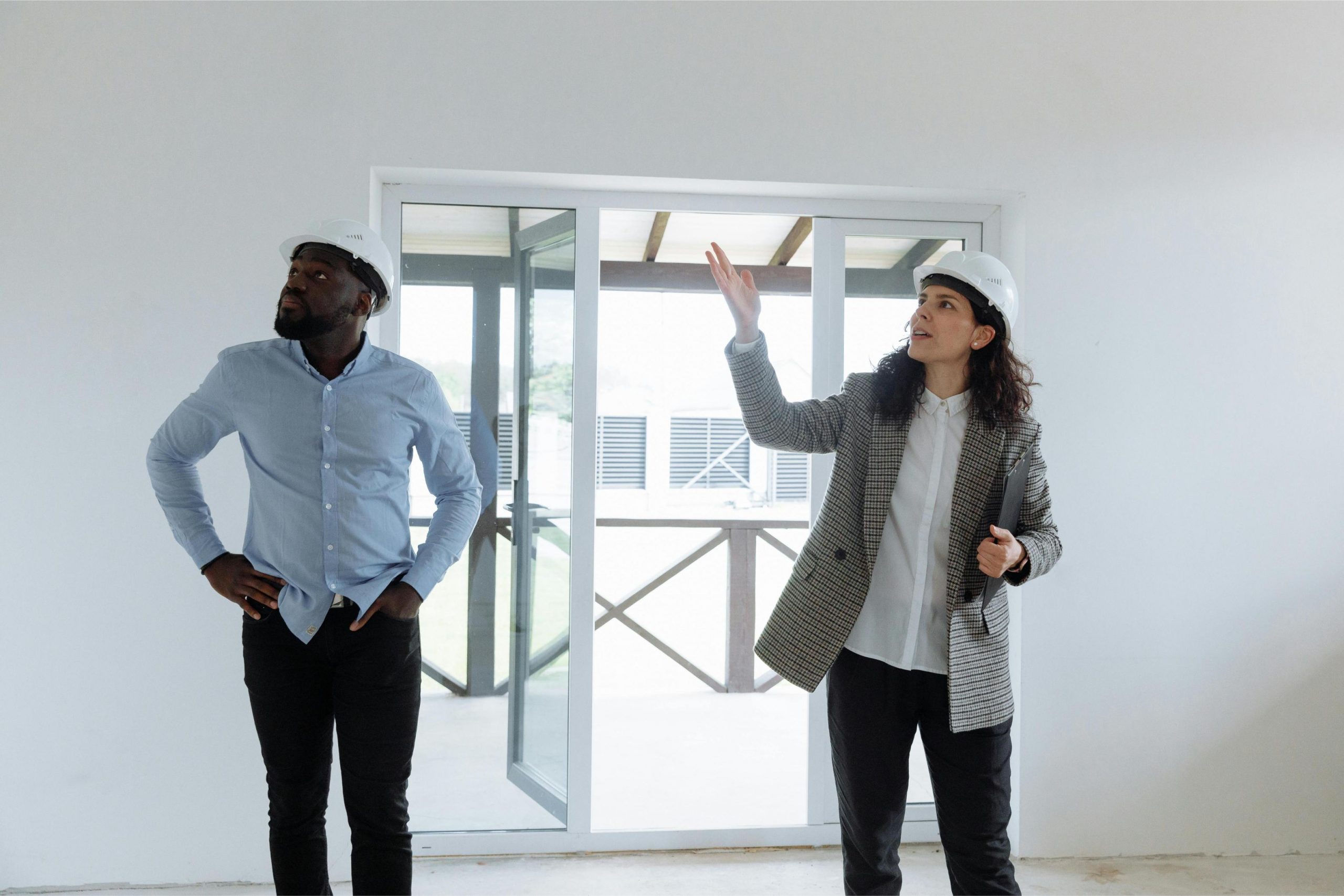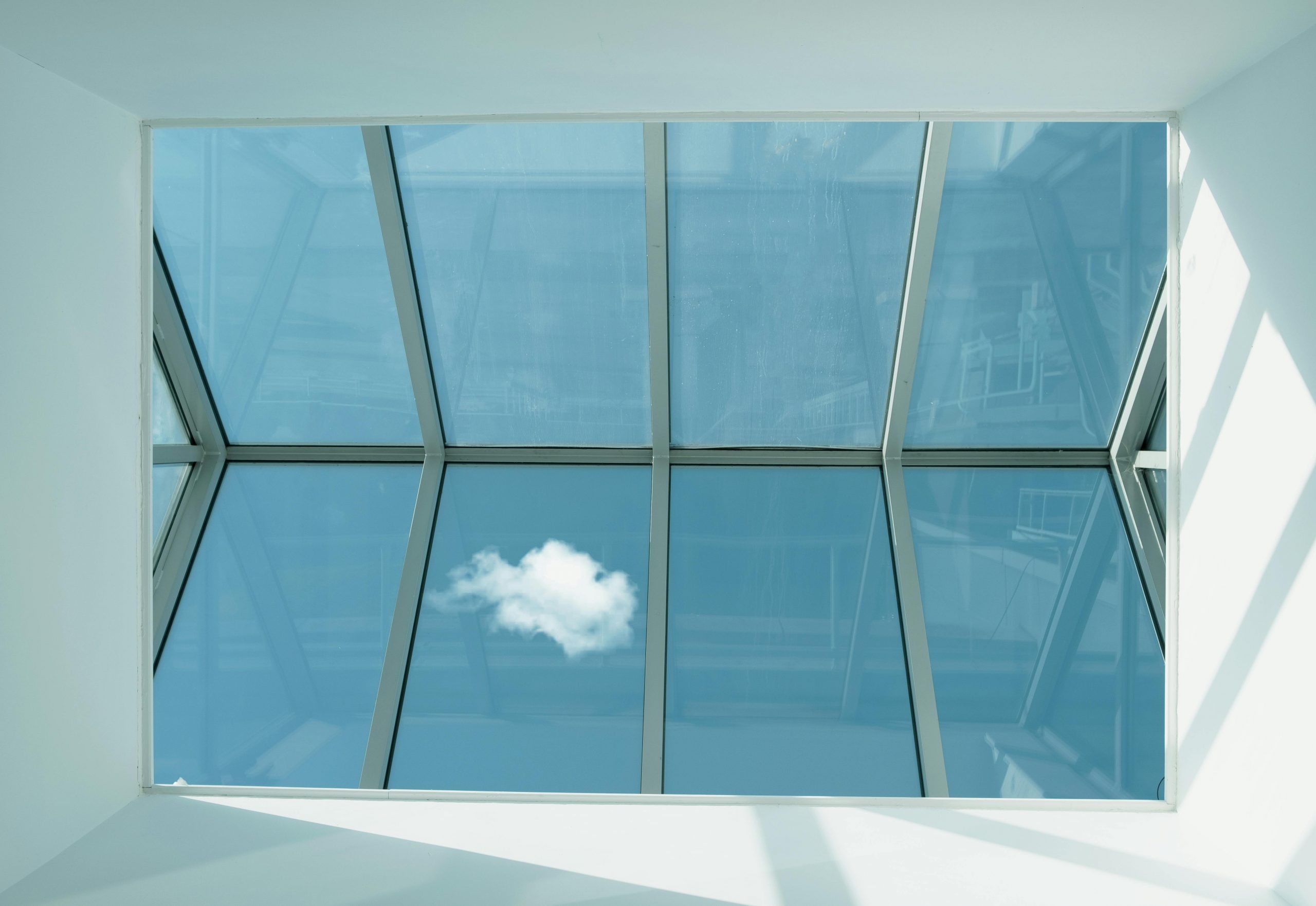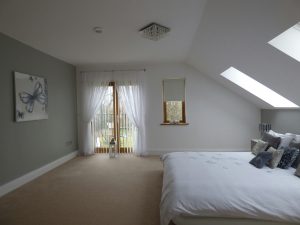Adding a skylight to your home can bring natural light, reduce energy costs, and improve ventilation. But before you cut a hole in your roof, it’s important to understand the full picture of skylight installation cost. This guide will walk you through everything you need to know—from the average price range to what factors can raise or lower the final bill.
Average Skylight Installation Cost

The cost of installing a skylight typically ranges between $900 and $2,500, depending on several factors. For more complex projects or custom skylights, costs can go as high as $4,000 or more.
Here’s a quick breakdown of average costs:
| Type of Skylight | Average Installation Cost |
| Fixed Skylight | $900 – $1,500 |
| Ventilated Skylight | $1,200 – $2,500 |
| Tubular Skylight | $600 – $1,200 |
| Custom Skylight | $2,000 – $4,000+ |
Keep in mind that prices vary based on where you live, roof type, labor costs, and whether you’re replacing an old skylight or cutting into a new roof.
Factors That Affect Skylight Installation Cost
Several elements can impact the overall cost of your skylight project. Understanding these can help you budget more accurately and avoid unexpected expenses.
- Type of Skylight
The style you choose significantly affects your budget.
- Fixed Skylights (non-opening) are usually the most affordable. They’re ideal for adding light to hallways, stairwells, and rooms without the need for ventilation.
- Vented Skylights can be opened manually or electronically to allow airflow. These are great for bathrooms or kitchens but tend to be pricier due to moving parts and possible electrical wiring.
- Tubular Skylights are compact and work well in smaller spaces like closets, pantries, or bathrooms. They’re generally cost-effective but provide less natural light compared to larger models.
- Custom Skylights involve non-standard shapes, sizes, or features like built-in blinds or UV protection. These often come with higher installation and manufacturing costs.
- Roof Type and Pitch
The condition and design of your roof influence labor difficulty and time.
- Steep or high-pitched roofs require additional safety measures, staging, and time, increasing labor charges.
- Metal or tile roofs are tougher to cut through and seal properly. Installers may need extra materials or equipment.
- Flat roofs typically need curb-mounted skylights, which can cost more than deck-mounted versions and may need added insulation or drainage solutions.
- Labor Costs
Installer expertise and local wage rates can lead to wide price variations.
- Basic installations without structural changes usually range from $300 to $800.
- Advanced installations—like adding new framing, redirecting ductwork, or installing electric vents—can push labor costs beyond $1,000.
- Permits and inspections may be required in some areas, adding to the labor and administrative costs.
- Location in the Home
Where you plan to install the skylight influences both complexity and expense.
- Bathrooms and kitchens often need vented skylights to manage humidity and odors, increasing the cost.
- Second-story installations may require scaffolding or specialized equipment, which raises labor fees.
- Rooms with attic space between the ceiling and roof require a light tunnel or shaft. This extra construction adds time and material costs.
- Materials and Add-Ons
Optional upgrades can boost comfort and convenience but also increase costs.
- Flashing kits help waterproof the skylight and are typically $80–$200 depending on roof material.
- Shades or blinds provide privacy and light control. Manual options may start around $100, while motorized blinds can exceed $300.
- Remote controls or smart features like rain sensors for automated venting can add $100–$500.
- Insulated glazing or UV coatings may be worthwhile in hot or cold climates but come at a premium.
Skylight Replacement Cost
If you’re replacing an existing skylight, your costs may be lower if no structural work is needed. However, if there’s water damage, rotted wood, or outdated flashing, expect to pay extra.
Average replacement cost: $800 – $2,200
This includes:
- Removal of old skylight
- Inspection and repairs
- Installation of new unit
- Updated flashing or sealant
DIY vs. Professional Installation

Understanding the pros and cons of installing a skylight yourself versus hiring a contractor can help you make an informed decision.
DIY Skylight Installation
Doing it yourself may seem like a cost-saving option, but it carries risks—especially for beginners. Unless you have experience with roofing, framing, and waterproofing, DIY installation could lead to bigger problems down the road.
Potential DIY Risks:
- Roof Leaks: Incorrect installation can lead to water intrusion, damaging your roof, insulation, and ceiling.
- Poor Insulation: Improper sealing may allow drafts or heat loss, raising energy bills.
- Voided Roof Warranties: Many roofing manufacturers will void warranties if unauthorized modifications are made.
- Safety Hazards: Climbing on roofs and cutting into them poses injury risks, particularly on steep or high-pitched roofs.
Estimated DIY Material Costs:
- $300 – $1,200, depending on skylight type, size, and materials required.
Time Commitment:
- 1 to 3 days, depending on experience level and project complexity.
Who Should Consider DIY?
- Homeowners with construction or roofing backgrounds.
- Those comfortable working at heights and following building codes.
Professional Installation
Hiring a licensed contractor takes the pressure off you and offers peace of mind. Professionals have the tools, training, and insurance to do the job safely and correctly.
Benefits of Hiring a Pro:
- Proper Sealing: Reduces risk of leaks and improves insulation.
- Code Compliance: Ensures the skylight meets local building codes and requirements.
- Warranty Protection: Most contractors offer installation warranties, and your roof warranty is less likely to be affected.
- Efficiency: Professionals can often complete the job faster and cleaner than DIYers.
- Added Services: Many installers include framing adjustments, cleanup, and final inspections in their pricing.
Estimated Total Cost with Labor:
- $900 – $2,500+, depending on skylight type, home layout, and regional labor rates.
Who Should Consider a Pro?
- First-time skylight buyers.
- Homes with high or difficult roof access.
- Projects involving electrical work, like vented or solar-powered skylights.
How to Save Money on Skylight Installation
Skylights can be a great upgrade, but the costs can add up quickly. Luckily, there are smart ways to save without cutting corners. Here are several tips to help lower your skylight installation cost:
- Choose a Basic Fixed Skylight
If you’re on a budget, go with a fixed skylight instead of one that opens or has special features. Fixed models are simpler to install and have fewer parts, which means:
- Lower purchase cost
- Fewer chances of mechanical problems
- Less labor required
Avoid vented or solar-powered skylights unless you really need extra airflow or advanced technology.
- Time It With Roof Replacement
If you’re planning to replace your roof soon, install your skylight at the same time. Doing both jobs together can cut labor costs since:
- Contractors already have roofing materials exposed
- You’ll avoid paying for duplicate labor and equipment
Many roofers offer package deals if you combine projects.
- Get Multiple Contractor Quotes
Don’t settle for the first estimate you receive. Ask at least three local licensed contractors for quotes. This lets you:
- Compare prices and services
- Spot overcharges or hidden fees
- Negotiate better deals
Be sure each quote includes labor, materials, cleanup, and warranty information.
- Choose Energy-Efficient Models
Energy-efficient skylights may cost more upfront but can save you money over time. Look for features like:
- Low-E (low emissivity) coatings
- Double or triple glazing
- UV protection
These upgrades reduce heat loss in winter and block excess heat in summer, helping to lower your heating and cooling bills.
- Avoid Unnecessary Add-Ons
Fancy features like motorized blinds, rain sensors, or remote controls may sound great, but they add hundreds to your total cost. Stick to the basics if you’re focused on savings.
- Skip extras unless they serve a specific need
- You can always upgrade later when your budget allows
Bonus Tip: Ask your installer if any rebates or tax credits are available for energy-efficient skylights. Some regions offer incentives for home improvements that reduce energy use.
Common Mistakes to Avoid
Installing a skylight is a big investment. Avoid these pitfalls:
- Not checking local building codes or HOA rules
- Ignoring water drainage and proper flashing
- Choosing the wrong size or type for your space
- Placing it in a spot with too much or too little sunlight
Are Skylights Worth the Cost?
Skylights can add real value to your home. They make small rooms feel larger, reduce the need for artificial lighting, and can improve air flow if vented. Homebuyers often view them as a luxury feature.
Some homeowners also report lower energy bills due to improved natural lighting and ventilation.
Skylight Installation Cost FAQ
Q: Does home insurance cover skylight installation?
A: No, but damage caused by a covered event (like a storm) may qualify for reimbursement.
Q: How long do skylights last?
A: Most skylights last 15–30 years, depending on the materials and installation quality.
Q: Do skylights add value to a home?
A: Yes. Well-placed skylights can boost your home’s resale value and energy efficiency.
Q: Can you install a skylight in any room?
A: Yes, but the location of ceiling joists, attic space, and roof type will determine feasibility and cost.
Final Thoughts
Understanding skylight installation costs can help you plan a beautiful upgrade to your home without surprises. While the price can vary, knowing what factors affect cost—like skylight type, roof slope, and labor—will help you make a smart investment.
Whether you’re brightening up a hallway or improving ventilation in a bathroom, a skylight adds both function and flair to your space.
If you’re ready to move forward, get quotes from local professionals and explore your options. With the right planning, a skylight can be a bright idea that fits your budget.


